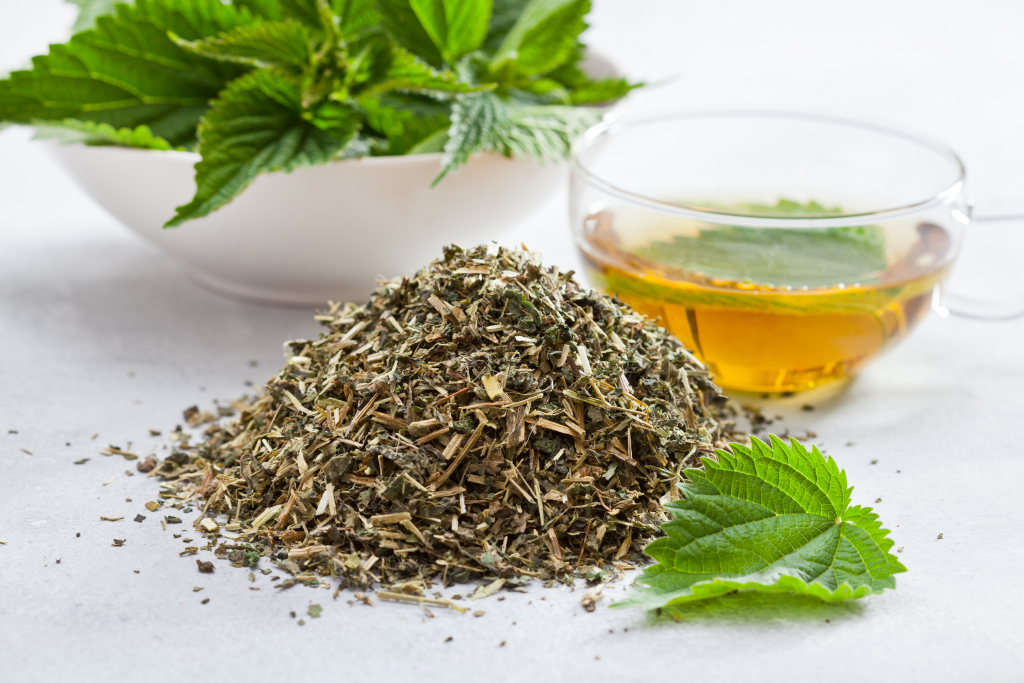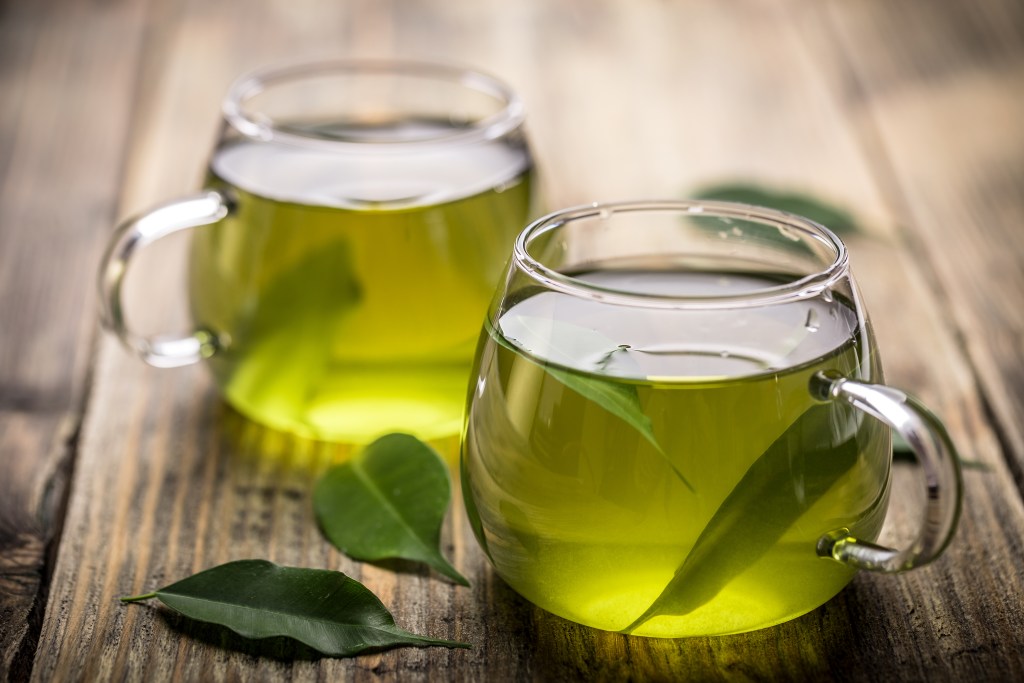At a glance
Hormonal acne can be influenced by various lifestyle factors, including high-carb eating, chronic stress, and certain food sensitivities. Supportive dietary and lifestyle strategies can help promote clearer, healthier-looking skin. Several natural remedies may also support skin health by addressing underlying imbalances.
Acne breakouts can have a detrimental impact on self-esteem and are commonly seen in adolescents. However, for some, acne can persist into adulthood.
Various dietary and lifestyle habits can trigger or exacerbate hormonal acne, including stress, regular consumption of processed foods, and a high-carb diet.
Discover the best hormonal acne diet to address the root cause of breakouts and learn about natural solutions to support healthy-looking skin.
What is hormonal acne?
Acne, or acne vulgaris, is a skin condition that occurs when hormonal imbalances trigger an overproduction of sebum, which is an oily substance produced by the sebaceous glands in the skin.
In combination with dead skin cells, excess sebum can lead to clogged pores, often resulting in blackheads, whiteheads, and inflamed cysts.
Acne can develop whenever hormonal fluctuations or surges occur, such as during puberty, the menstrual cycle, pregnancy, or menopause.
In most cases, acne lesions appear on the face. However, acne can also develop on the shoulders, back, neck, or chest.
In some cases, related concerns such as wondering why the upper arms appear larger may reflect underlying hormonal or metabolic imbalances.
While puberty-related acne most commonly affects the forehead, nose, and chin, adult hormonal acne primarily manifests on the jawline, neck, and chin.
Untreated acne vulgaris can lead to persistent and severe skin issues, including deep cysts, scarring, and long-term skin damage. Managing acne early on is important to prevent these complications and maintain healthy, clear skin.
Watch the video below to learn about some of the best remedies for hormonal cystic acne.
What causes hormonal acne?
Hormonal acne often results from imbalances between androgen and estrogen levels, with various factors contributing to these hormonal shifts and triggering acne flare-ups.
Here are common triggers of hormonal acne.
1. High-carb diet
Insulin is a hormone that helps regulate blood sugar levels and is released in response to dietary carbohydrates and sugar intake.
In addition to regulating blood sugar, insulin also stimulates the release of androgens and insulin-like growth factor 1 (IGF-1). Both androgens and IGF-1 have been found to trigger abnormal sebum production in the sebaceous glands, contributing to acne.
This explains why a high-carb diet is a leading cause of hormonal imbalances and skin breakouts.
Foods that are high on the glycemic index (GI), such as pasta, rice, cereals, and sugars, raise blood sugar and, consequently, insulin levels, which can exacerbate sebum production and lead to clogged pores.
Over time, this can result in more frequent and severe acne breakouts, and reducing the intake of high-GI foods can help manage and prevent acne by keeping insulin and hormone levels more stable.
In addition, excessive insulin levels, also known as hyperinsulinemia, are commonly linked to polycystic ovarian syndrome (PCOS), a condition characterized by cystic ovaries that overproduce androgens, leading to adult female acne, hair loss, facial hair, and a deeper voice.

2. Chronic stress
Chronic stress is detrimental to overall health and causes various adverse effects, including hair loss, high blood pressure, and acne.
Both acute and persistent stress trigger the release of cortisol, a key stress hormone that can contribute to acne vulgaris.
A study published in Clinical, Cosmetic, and Investigational Dermatology found a direct correlation between acne severity and stress levels, with chronic stress being linked to increased acne development.1
It’s believed that cortisol stimulates sebum production and enhances the body’s inflammatory response, which contributes to skin inflammation and can worsen acne breakouts.
3. Estrogen dominance
Estrogen dominance is a common hormonal imbalance that can contribute to poor skin health and acne.
Those with estrogen dominance often have high levels of aromatase, an enzyme that converts androgens into estrogen. This can lead to elevated estrogen concentrations linked to hormonal acne and menstrual issues such as heavy or painful periods.
Those with poor liver function may be at increased risk of estrogen dominance, as the liver’s detoxification processes play a vital role in hormone metabolism.
When the liver isn’t functioning optimally, it can’t effectively regulate estrogen levels, directly contributing to hormonal imbalances and associated health problems, including acne.

4. Food sensitivities
Common food sensitivities, such as those to eggs, wheat, and dairy, may lead to acne breakouts by contributing to gastrointestinal inflammation, which could cause intestinal permeability or leaky gut.
A leaky gut occurs when the intestinal lining is damaged, allowing the influx of partially digested foods and proteins to pass into the bloodstream. This can trigger immune responses and inflammation associated with skin issues such as acne, eczema, and other dermatological conditions.
5. Fluoride
Fluoride is a mineral that’s added to water, toothpaste, and teeth whitening strips to help prevent tooth decay and strengthen enamel.
However, high fluoride exposure can exacerbate acne, especially around the mouth and chin, known as perioral dermatitis. While more research is needed on the connection between fluoride and acne, those who are sensitive may benefit from limiting their exposure to manage acne symptoms.

Hormonal acne diet tips
Eating too many carbs and sugars stimulates excessive insulin release, which can trigger hormonal imbalances and related skin issues. This explains why a low-carb diet is one of the best dietary strategies for those with persistent or severe acne.
The ketogenic diet is a low-carb, high-fat diet that supports stable blood sugar and insulin levels, thereby promoting hormonal balance and helping minimize acne breakouts.
A study published in the Journal of Translational Medicine found that a very low-carb ketogenic diet led to notable improvements in patients with acne vulgaris after only 45 days.2
A nutritious low-carb diet, such as Healthy Keto®, focuses on nutrient-dense whole foods, including cruciferous vegetables such as kale, bok choy, broccoli, and Brussels sprouts.
Cruciferous vegetables are rich sources of glucosinolates, a group of naturally occurring compounds that promote estrogen metabolism, potentially lowering the risk of hormone-related disorders such as acne.
Additionally, those with adult acne are often deficient in omega-3 fatty acids, zinc, and vitamins A, D, and E. Consuming low-carb foods high in these nutrients, such as chia seeds, eggs, beef liver, and grass-fed butter, may help improve acne symptoms and support healthy skin.
You can amplify the benefits of a nutritious low-carb diet by combining a Healthy Keto diet with intermittent fasting.
Practicing time-restricted eating reduces the frequency of insulin release during fasting periods, which supports normal blood sugar levels and helps promote normal sebum production.

Natural remedies for hormonal acne
Although it may be tempting, scrubbing your face with harsh cleansers can disrupt the skin’s protective microbiome, worsen inflammation, and exacerbate acne symptoms.
Instead, a holistic approach of combining dietary changes with other natural strategies to support clearer skin can target root causes and may help reduce acne severity without the need for potentially harmful chemicals.
Here are four steps you can take to promote better skin health.
1. Prioritizing cruciferous vegetables
Diindolylmethane (DIM) is a natural compound found in cruciferous vegetables, such as broccoli, Brussels sprouts, kale, cabbage, and cauliflower.
DIM has been found to support skin health, which is believed to be linked to its ability to promote hormonal balance, potential to block androgens, and enhance the liver’s capacity to metabolize estrogen.
“Incorporating plenty of cruciferous vegetables is an excellent way to reduce excessive androgen levels,” explains Dr. Berg. “This may also balance estrogen as DIM helps eliminate excess estrogen from the body, which is especially crucial for those with estrogen dominance.”
2. Milk thistle tea
Regularly drinking milk thistle tea can be a great way to support skin health.
Milk thistle contains high concentrations of silymarin, a flavonoid that promotes the body’s antioxidant activity to fight free radical damage.
Free radicals are highly unstable metabolic by-products that cause cellular damage and trigger inflammation, which can worsen inflammatory conditions such as acne.
Silymarin also supports liver detoxification by helping repair damaged liver cells and protecting liver tissues from the harmful effects of toxins. This allows the liver to metabolize and eliminate excess hormones more effectively.

3. Green tea
Green tea is a rich source of polyphenols, which are bioactive plant compounds with potent anti-inflammatory and antioxidant properties. Polyphenols have various benefits for acne sufferers, including supporting stable blood sugar levels and reducing sebum production.
Interestingly, research shows that green tea leaves can be effective when ingested or used topically.
A study published in Antioxidants found that “…tea polyphenols used orally and topically may be beneficial for skin health and, more specifically, for reducing sebum production by the sebaceous glands and for the prevention and treatment of acne vulgaris.”3
Key takeaways
- Hormonal acne is a common skin condition that affects both teenagers and adults, typically driven by imbalances involving androgens, insulin, cortisol, and estrogen, which can impact sebum production and skin inflammation.
- High-carb diets, chronic stress, estrogen dominance, food sensitivities, and fluoride exposure are common triggers that may worsen hormonal acne.
- A nutrient-dense, low-carb diet, such as Healthy Keto, can help support stable insulin levels, hormonal balance, and clearer skin.
- Cruciferous vegetables, milk thistle tea, and green tea may support hormone metabolism, antioxidant activity, and a more balanced skin environment.
FAQ
1. What are the best hormonal acne diet tips?
Following a nutritious Healthy Keto® diet rich in anti-inflammatory foods and healthy fats, such as olive oil, fatty fish, and cruciferous vegetables, can help stabilize insulin and blood sugar and may help reduce acne lesions.
Reducing stress and incorporating milk thistle tea and green tea may also minimize hormonal breakouts by helping balance androgen and estrogen levels.
2. What food is best for hormonal acne?
A whole foods-based ketogenic diet rich in non-starchy and cruciferous vegetables, fatty fish, grass-fed meat, leafy greens, nuts, and seeds can help increase insulin sensitivity, stabilize blood sugar, support hormone function, and may reduce the risk of acne flare-ups.
Cruciferous vegetables are particularly helpful as they contain natural compounds, including diindolylmethane (DIM), that support estrogen balance.
3. What is the worst food for hormonal acne?
Regular consumption of sugary foods and carbohydrates like sugar, potatoes, bread, and rice can greatly contribute to acne breakouts. This is largely because high-carb foods cause blood sugar spikes and trigger insulin release, which can exacerbate hormonal imbalances and acne.
4. What are the biggest triggers for hormonal acne?
Eating foods high in carbohydrates, dairy, or sugar can trigger hormonal acne. Chronic stress can also lead to breakouts by elevating cortisol, which can contribute to excessive androgen production.
Additionally, fluoride in drinking and bathing water has been found to be a potential trigger for acne breakouts.
Sources
- https://www.ncbi.nlm.nih.gov/pmc/articles/PMC5722010/ ?
- https://translational-medicine.biomedcentral.com/articles/10.1186/s12967-024-05119-5 ?
- https://www.ncbi.nlm.nih.gov/pmc/articles/PMC5384166/ ?













